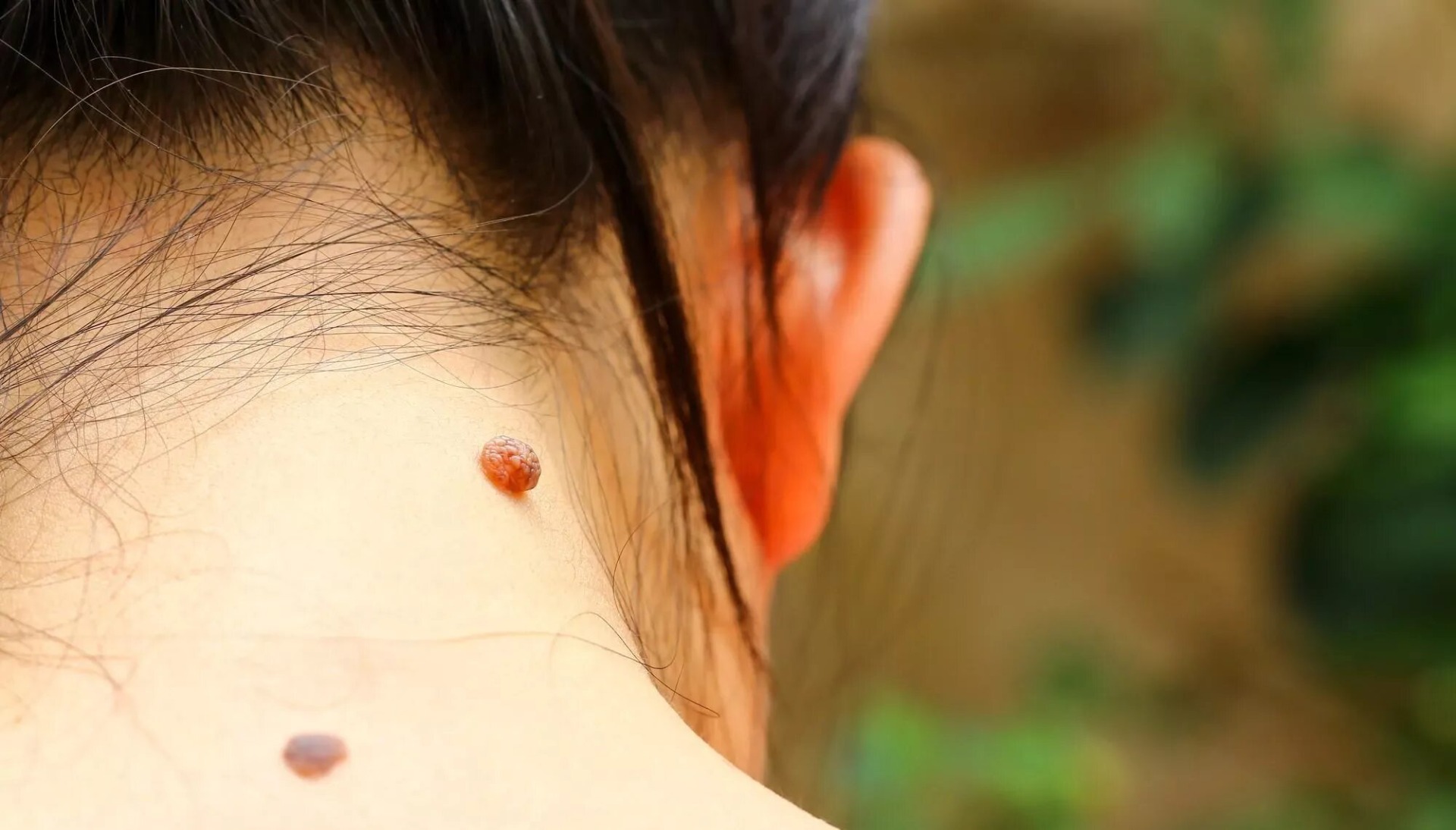How to Care for Skin After Skin Tag Removal
If you've recently undergone Skin Tag Removal in Dubai, you may be wondering about the best way to care for your skin afterward to ensure proper healing and avoid any complications. Skin tags, those small, benign growths that commonly appear in areas like the neck, armpits, or eyelids, are typically harmless. However, removing them requires some aftercare to promote optimal skin health and prevent infection. Whether your procedure was done through freezing, cutting, or another method, following the right steps in post-care is crucial to a smooth recovery. In this guide, we'll walk you through the essential steps to take care of your skin after skin tag removal, ensuring that your skin heals well and remains healthy.

1. Keep the Area Clean and Dry
The first step in caring for your skin after skin tag removal is ensuring the treated area stays clean and dry. For the first few days, avoid exposing the skin to excessive moisture, especially in the form of sweat, water, or lotions. Gently clean the area using mild soap and lukewarm water, being careful not to rub or irritate the skin. Pat the area dry with a clean towel to prevent any bacteria from entering the healing site.
2. Avoid Scratching or Picking
As your skin heals, it's normal for the treated area to scab or form a crust. Although this might be a little uncomfortable, it's important to resist the urge to scratch or pick at the site. Doing so can interfere with the healing process and increase the risk of infection or scarring. If you feel itching, apply a soothing, skin-friendly ointment to calm the area and keep it hydrated.
3. Apply a Healing Ointment
To promote faster healing and reduce scarring, consider applying a recommended ointment, such as petroleum jelly or a specialized healing cream. This can help keep the area moisturized and protected. Be sure to follow the advice of your practitioner regarding which ointments or creams are best for your skin type.
4. Protect from Sun Exposure
After skin tag removal, your skin will be more vulnerable to sun damage. Exposure to UV rays can cause hyperpigmentation or permanent scarring in the area. Always apply a broad-spectrum sunscreen with an SPF of at least 30 to the affected area whenever you step outside. Additionally, wear protective clothing like hats or scarves to further shield the healing skin from direct sunlight.
5. Watch for Signs of Infection
While rare, there's a possibility of infection after skin tag removal. Keep an eye out for any unusual changes in the treated area, such as increased redness, swelling, pus, or tenderness. If you notice any of these symptoms, contact a medical professional for guidance. Early intervention can help avoid complications and speed up recovery.
6. Avoid Tight or Irritating Clothing
If your skin tag was removed from areas like the neck or underarms, avoid wearing tight or rough fabrics that could rub against the healing site. Opt for loose, breathable clothing to reduce irritation and friction. This will not only help with comfort but will also prevent unnecessary trauma to the area as it heals.
7. Don't Rush the Healing Process
Patience is key when caring for your skin after skin tag removal. Healing times can vary based on the size and location of the skin tag, as well as your skin's natural healing rate. While most people experience a full recovery in a few weeks, it's important not to rush the process. Be gentle with your skin, avoid excessive touching, and give it the time it needs to heal completely.

8. Hydrate Your Skin
Moisturizing is essential to the healing process. Hydrated skin tends to heal more effectively and is less prone to scarring. Make sure to apply a gentle, fragrance-free moisturizer to the affected area, especially after cleansing. This will help soothe the skin and lock in moisture, keeping the area soft and nourished during the healing process.
Conclusion
Proper aftercare is the key to ensuring a smooth recovery after Skin Tag Removal Dubai. By following these essential steps, you can reduce the risk of complications, promote faster healing, and maintain healthy skin. Remember to be gentle, keep the area clean and protected, and watch for any signs of infection. With the right care, your skin will heal beautifully, and you'll enjoy smoother, healthier-looking skin in no time.